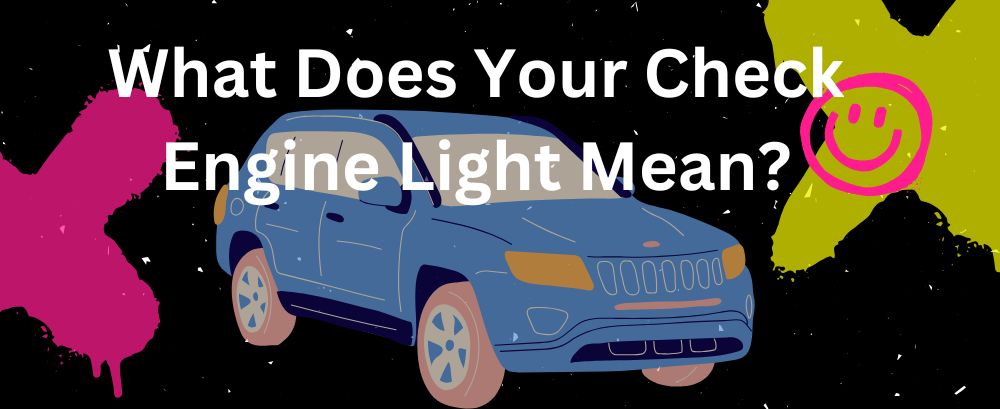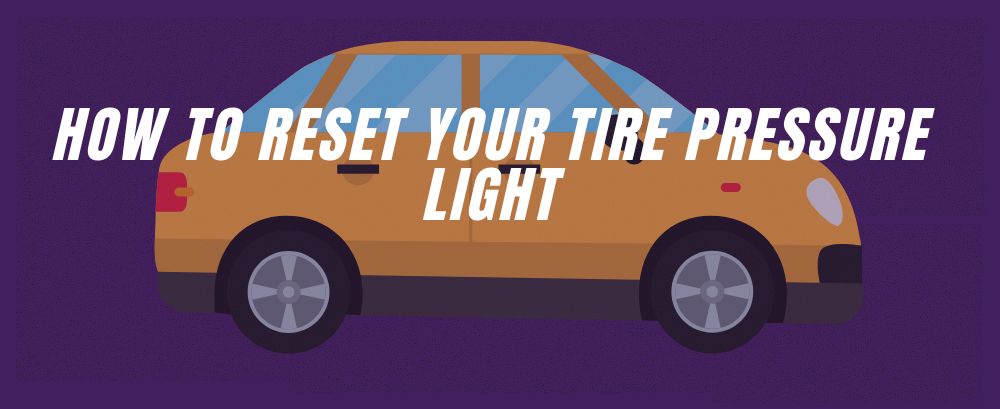When the check engine light, also known as the Malfunction Indicator Lamp (MIL), illuminates on your dashboard, it’s a signal from your vehicle’s onboard computer that something isn’t functioning as it should.
This light can indicate a wide range of issues, from a loose gas cap to a more severe engine problem. Addressing this warning promptly can help you avoid costly repairs and keep your vehicle running smoothly.
Depending on the manufacturer, the check engine light typically appears in orange, yellow, or amber.
A steady light generally indicates a less urgent issue, but a flashing light signals a more serious problem, like a misfire that could damage your catalytic converter. Below, we’ll explore the common causes of a check engine light and guide you on what to do when it comes on.
Common Reasons Why the Check Engine Light Comes On

Each year, CarMD, an automotive telematics company, compiles a list of the most frequent causes of check engine lights, along with the average repair costs. Here’s a look at the top reasons for 2024:
- Catalytic converter replacement – $1,304
- Oxygen sensor replacement – $253
- Ignition coil and spark plug replacement – $398
- Mass airflow sensor replacement – $311
- Ignition coil replacement – $212
- EVAP canister purge valve replacement – $141
- Fuel cap adjustment or replacement – Free to tighten; $25 to replace
- ABS wheel speed sensor replacement – $271 (new to the list)
- Fuel injector replacement – $446
- Powertrain control module reprogramming – $109
According to CarMD, repair costs for check engine light issues reached an all-time high in 2024, with an average cost of $424. Rising parts costs were a major factor, with prices increasing by over 7%, while labor costs rose by only 1%.
The check engine light can appear in both old and new vehicles, though 2007 model-year cars were particularly prone to requiring check engine repairs.
How to Interpret the Check Engine Light Using a Code Reader
When your check engine light appears, using a code reader can help you quickly understand the issue. A device like the Foxwell NT1009 is an excellent tool for this purpose, even if you’re not mechanically inclined.
It connects to your car’s OBD-II port, typically located under the dashboard on the driver’s side, and retrieves diagnostic trouble codes that identify the root cause of the problem.
The Foxwell NT1009 is more than just a basic code reader; it provides live data, displays sensor information, and even includes battery testing capabilities.
This allows you to gain a comprehensive view of your vehicle’s health. The device also has a user-friendly interface with a clear screen, so you can read and interpret the codes without needing specialized knowledge. For added convenience, it offers automatic VIN retrieval, allowing you to access vehicle-specific information with ease.
Using a code reader like the NT1009 can save you time and money. By identifying the problem before visiting a mechanic, you can confirm their diagnosis or decide if it’s a minor issue that you can address yourself.
Additionally, the NT1009 lets you reset the check engine light after resolving the issue, though it’s important to remember that turning off the light doesn’t fix the problem—it simply clears the alert. This tool empowers you to understand what the warning light means, helping you make informed decisions about necessary repairs.
Beware of False Alarms
Even with a code reader, interpreting the check engine light isn’t always straightforward. For instance, one driver found a check engine light indicating an issue with the cam angle sensor.
Before replacing it, he inspected under the hood and discovered that mice had chewed through the wiring connected to the sensor. In this case, replacing the sensor wouldn’t have fixed the issue, as the real problem was the damaged wiring.
This example highlights that while a code reader can help identify issues, it’s not foolproof. Sometimes, external factors or underlying issues require closer inspection beyond what the code reader shows.
Don’t Ignore That Light!
When the check engine light comes on, it’s crucial not to ignore it. Some drivers may be tempted to place a piece of tape over the light or continue driving without investigating the issue. However, ignoring the light can lead to bigger, costlier problems down the road.
CarMD’s recent survey revealed that nearly half of U.S. drivers had a dashboard warning light come on at some point. Of those, 20% reported a check engine light—a number that has nearly doubled since CarMD’s last survey. An additional 22% reported a tire pressure light, which is common in colder weather as temperatures can affect tire pressure.
One quick fix for a check engine light is to check the gas cap. A loose or damaged gas cap can trigger a warning by indicating a leak in the vapor recovery system, part of your car’s emissions controls.
If you find the cap is loose, tighten it and keep driving; the light may turn off after a while. Interestingly, this was the first year since 2011 that a loose gas cap wasn’t among the top five causes for check engine repairs, according to CarMD.
If the light is steady rather than flashing, it’s generally a less urgent problem, but you should still get it checked by a mechanic. Avoiding this could lead to further complications, especially as the underlying issue might worsen over time.
How to Turn Off the Check Engine Light
If your car’s check engine light is on, it may fail a state safety or emissions inspection, so addressing the issue is often essential. Since the engine and emissions systems are interlinked, fixing one often benefits the other.
A mechanic can accurately diagnose and repair the issue, making the check engine light disappear.
However, some people may want to temporarily turn off the light. Devices like the Foxwell NT1009 allow you to reset the check engine light, but this only clears the alert temporarily—it doesn’t solve the underlying problem.
In many cases, the light will simply come back on later, especially if the issue hasn’t been resolved.
Occasionally, a check engine light might appear due to temporary factors, like a change in humidity or other environmental conditions. In these instances, the light may turn off by itself after a short period if the issue resolves naturally.
A Brief History of the Check Engine Light
The check engine light as we know it became standardized with the implementation of OBD-II in 1996.
OBD-II mandated a universal diagnostic system across all cars, creating a list of standardized codes and requiring every vehicle to have an accessible OBD-II port for diagnostics.
Typically located under the steering column, this port made it easier for both drivers and mechanics to access crucial information about the car’s engine health.
Before OBD-II, each car manufacturer had its own diagnostic system, primarily for compliance with EPA emissions standards.
Standardization made it easier to diagnose problems across different car makes and models and allowed car owners to use their own code readers to gain insight into their vehicle’s health.
Conclusion
The check engine light might seem intimidating, but understanding it can save you time, money, and stress.
From checking for a loose gas cap to using a code reader like the Foxwell NT1009, there are several ways to identify what the light is trying to tell you. By addressing the issue promptly, you’ll keep your car running smoothly and potentially avoid larger repairs down the line.
FAQs
What would cause the check engine light to come on?
The check engine light can illuminate due to a variety of issues, from a loose gas cap or faulty oxygen sensor to more serious problems like a misfiring engine or catalytic converter issues. It’s a general warning that something in the engine or emissions system needs attention.
Is it okay to drive with the check engine light on?
If the check engine light is steady, it’s usually safe to drive short distances, but you should get it checked soon. However, if the light is flashing, it indicates a serious problem, such as an engine misfire, and you should stop driving immediately and seek professional help.
What is the most common problem with a check engine light?
One of the most common causes for a check engine light is a faulty oxygen sensor, which can affect fuel efficiency and emissions. Other frequent issues include a loose gas cap and ignition coil problems.




Leave a comment
This site is protected by hCaptcha and the hCaptcha Privacy Policy and Terms of Service apply.